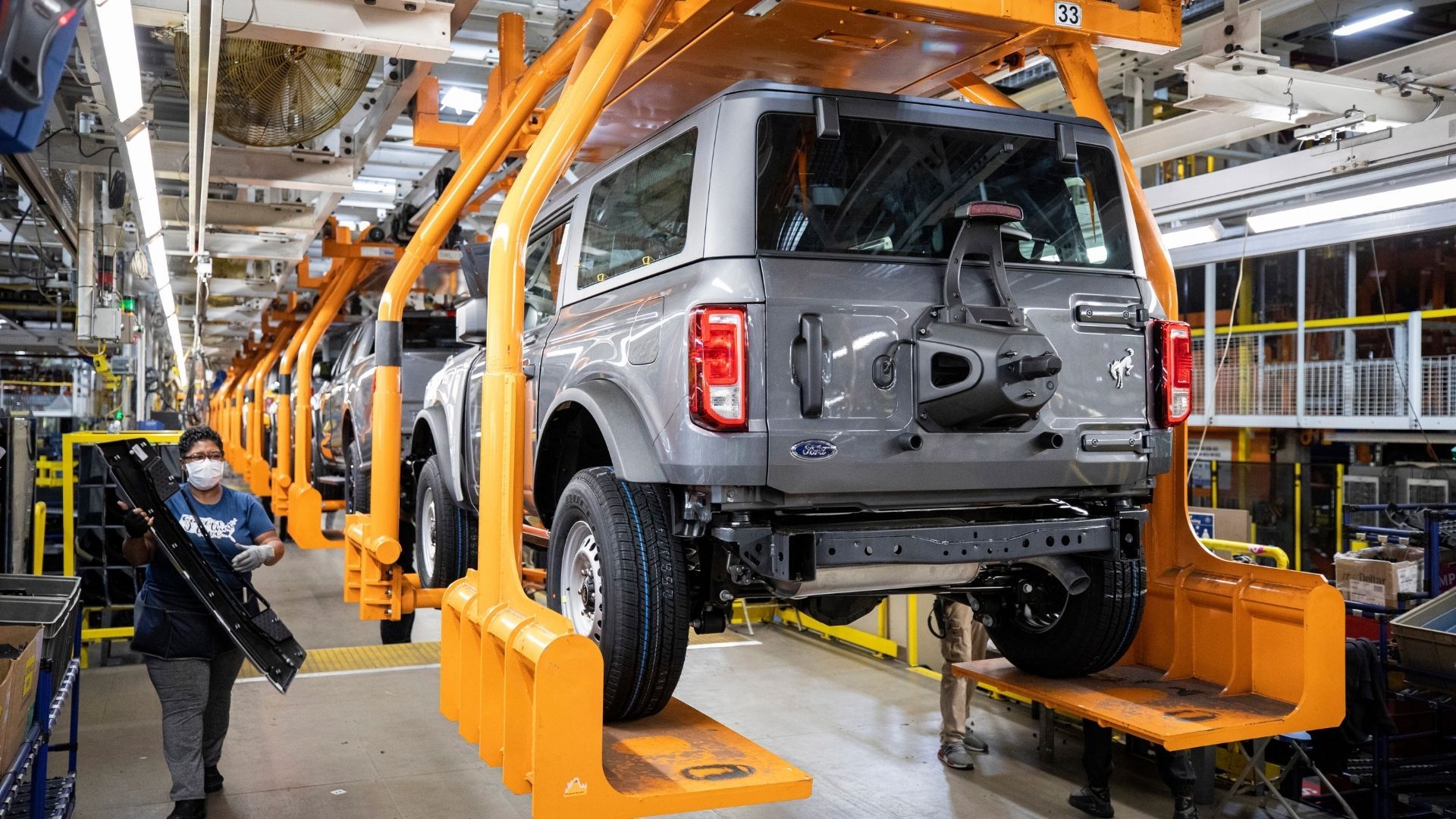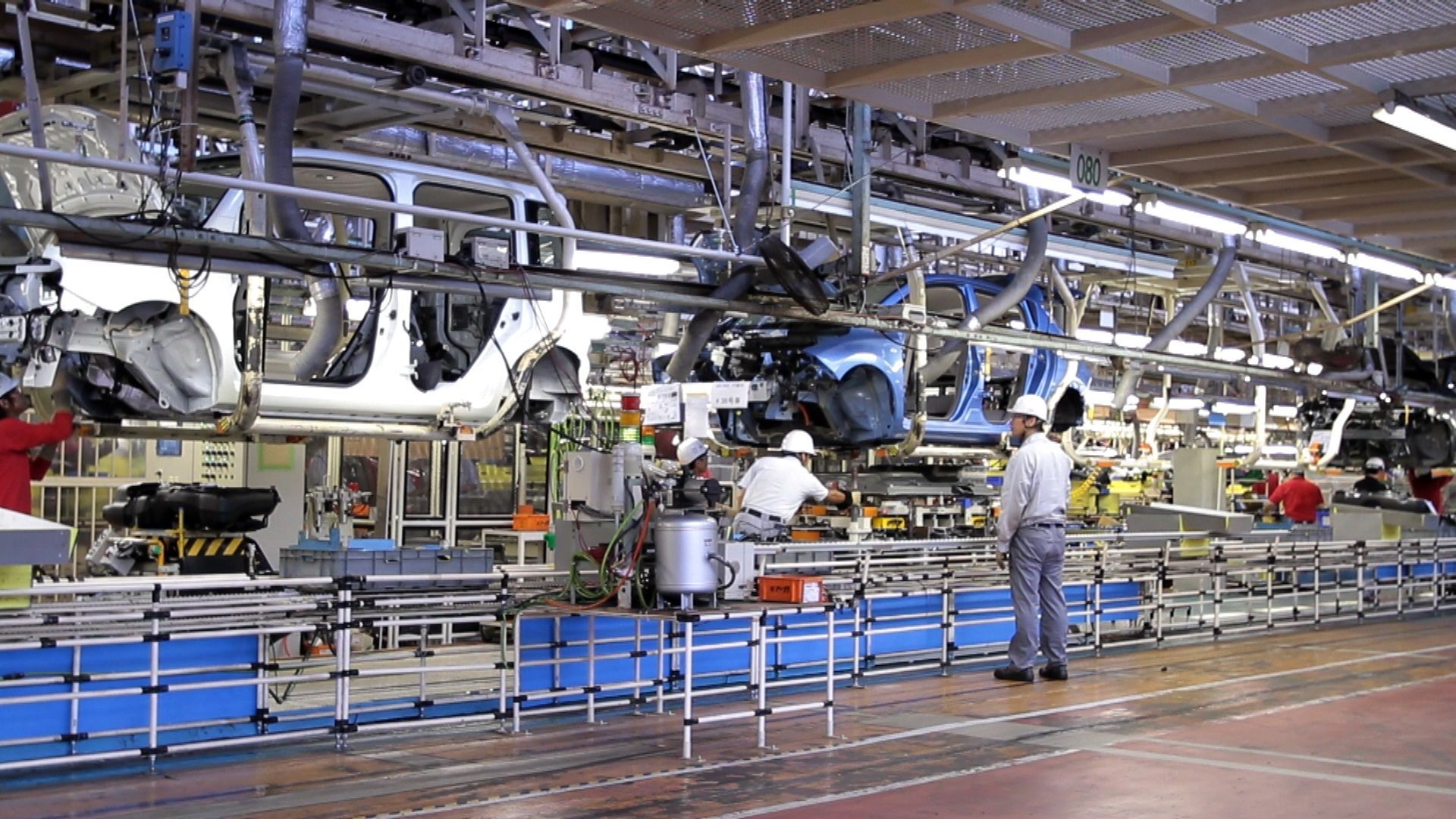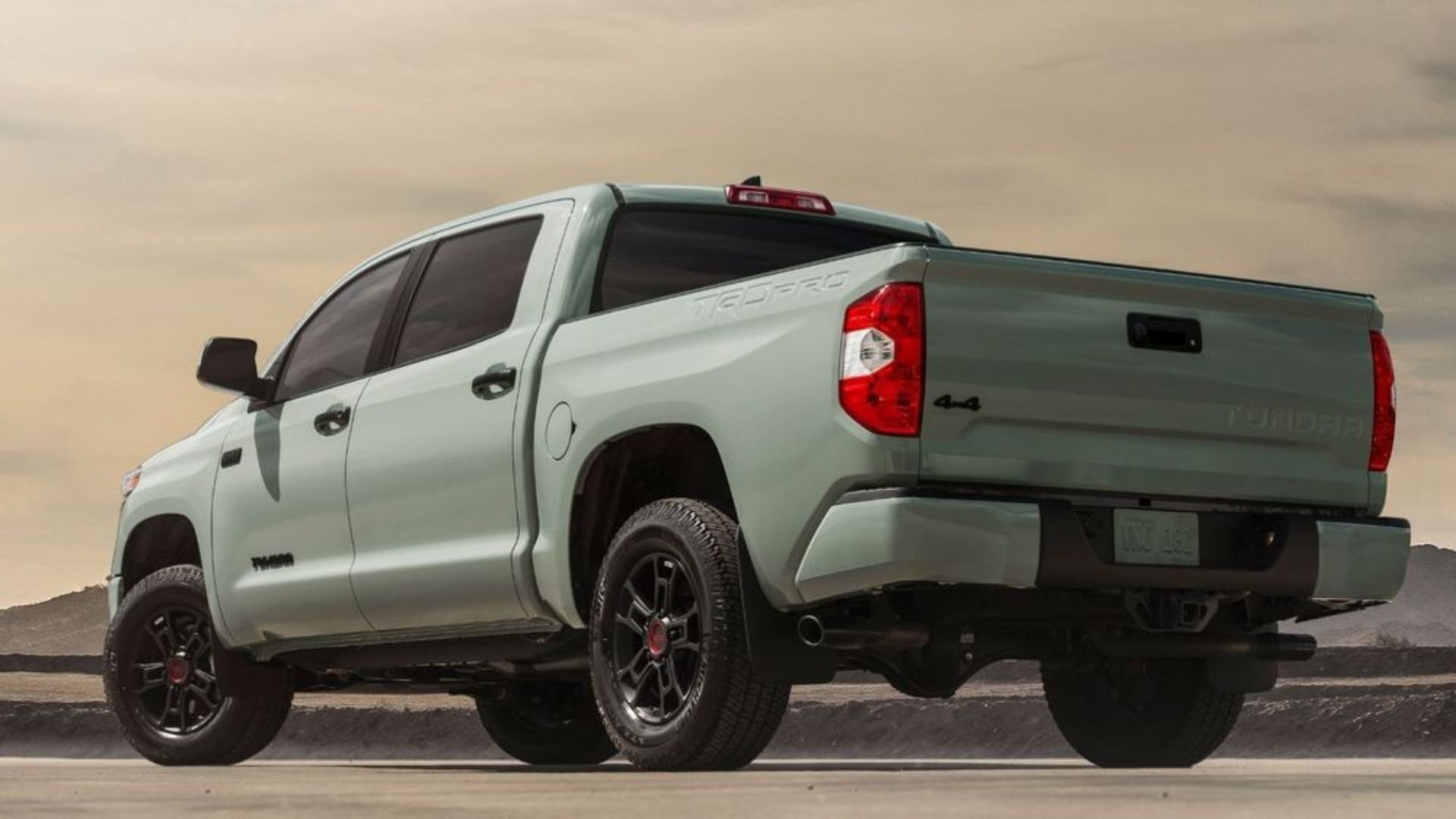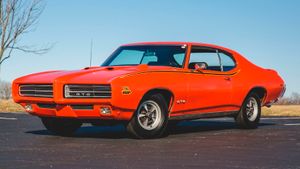When will this insanity end?
If you’ve been waiting for the price of used cars to suddenly fall, you might need to get comfortable. For the month of June, used vehicles sold for 40 percent more than they did in February of 2020, according to JPMorgan, so those not accustomed to the ridiculously overpriced used cars who’ve started shopping lately are suffering from severe sticker shock. And the bad news is this could keep going for some time.
Learn the story behind Sammy Hagar's song I Can't Drive 55 here.
For those who haven’t been following the news and are wondering what’s made used car prices so expensive, we’ve covered the many factors here. One of the big drivers for the price inflation has been a shortage of microprocessor chips for new cars, causing consumers who are flush with government stimulus money to snatch up used vehicles instead of getting something fresh from the factory.

Used car prices are so high that for June of this year, the average 9-year-old car sold for $13,250, an increase of 30 percent versus June of 2020. If you want something newer, perhaps with fewer miles and more modern features, it could cost you dearly. A 5-year-old vehicle sold on average for $24,000 last month, marking a $6,000 increase versus the previous June. Sure, there are some used car deals out there, but you might have to hunt harder than ever to find them.
According to Manheim, used car prices dropped just 1.3 percent in June. Normally that would be a thing to celebrate, but they were still up 27 percent year-over-year. In other words, that decline was just a drop in the bucket.
You might see the drop in used car prices immediately if you’re shopping with private sellers. However, dealerships might take longer to budge, in part because they don’t immediately turn around and sell vehicles purchased at auction. Some might try to hold out on pricing for cars they paid dearly to obtain, particularly those which dealers purchased straight from customers while supply was incredibly tight a couple of months ago. It’s understandable these businesses don’t want to take a huge loss, but that’s one of the many risks involved with sudden price inflation and the inevitable drop-off.

"The second quarter was certainly one for the vehicle market record books," Jonathan Smoke, chief economist at Cox Automotive Co., told Fox Business. "But we’re already transitioning to yet another chapter in this saga, what we can tentatively call a post-peak demand period."
As for the supply of new cars on the market, it rose slightly in June. While that’s good news, it’s important to remember that inventories at dealerships across the United States were still 65 percent below what they were in June of 2019. While headed in the right direction, we’re definitely not out of the woods.

Partly helping to fuel the rebound in the new vehicle supply has been Ford cranking up production after leading the industry in slashing it. Production of the F-150, Mustang, Bronco Sport, and other model lines were halted and/or scaled back. The Blue Oval said last week it has restocked its computer chip supply, enabling it to finish building thousands of F-150s which have been sitting, so those will finally arrive at dealerships.
Business Insider claims used car prices “appear” to have hit the high point in May and are now in decline. The publication cites a drop in wholesale car prices between May and June, echoing others’ perceptions of where the market is headed at this point. But the real question is how long will it take for prices to return to 2019 levels? Ivan Drury, who is senior manager of insights at Edmunds, told Business Insider consumers should see prices return to normal in 6 months or longer. In other words, we could be in for a rough ride.
Sources: Fox Business, Business Insider






